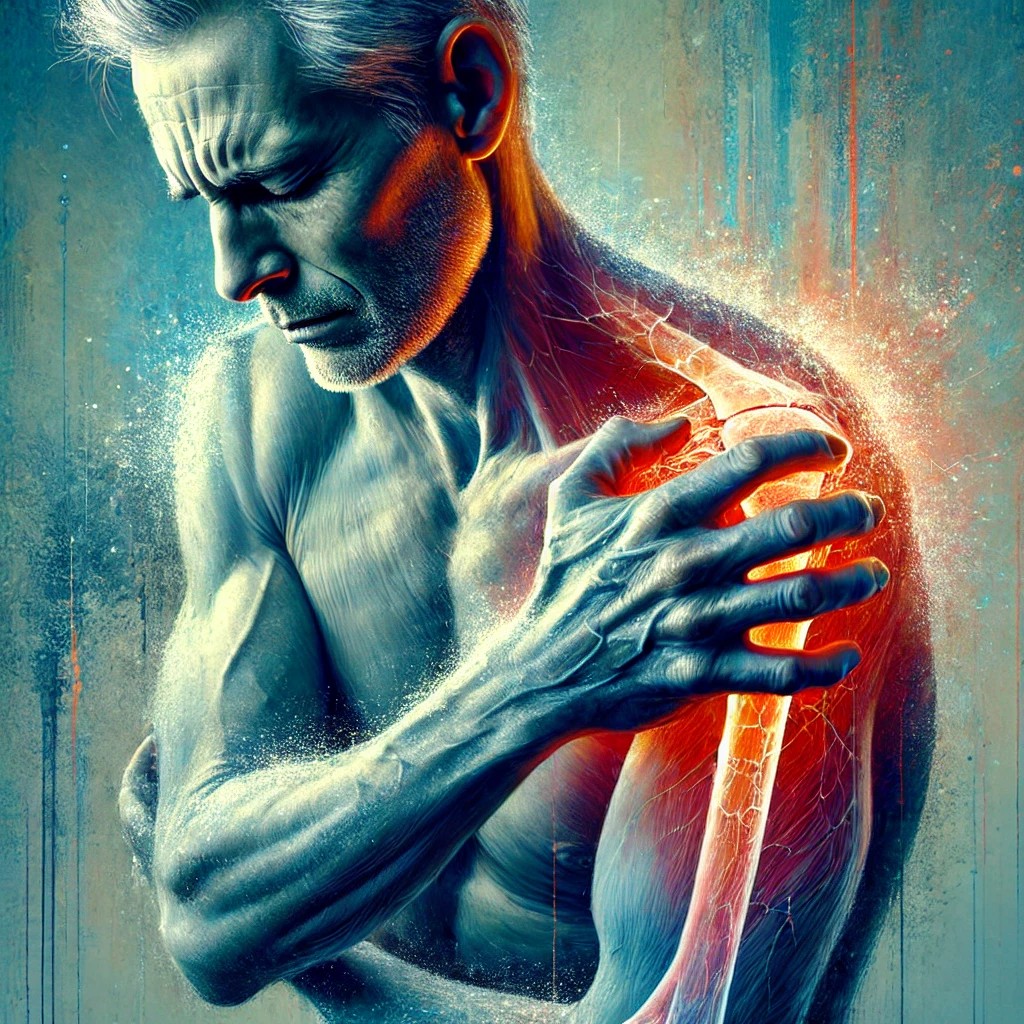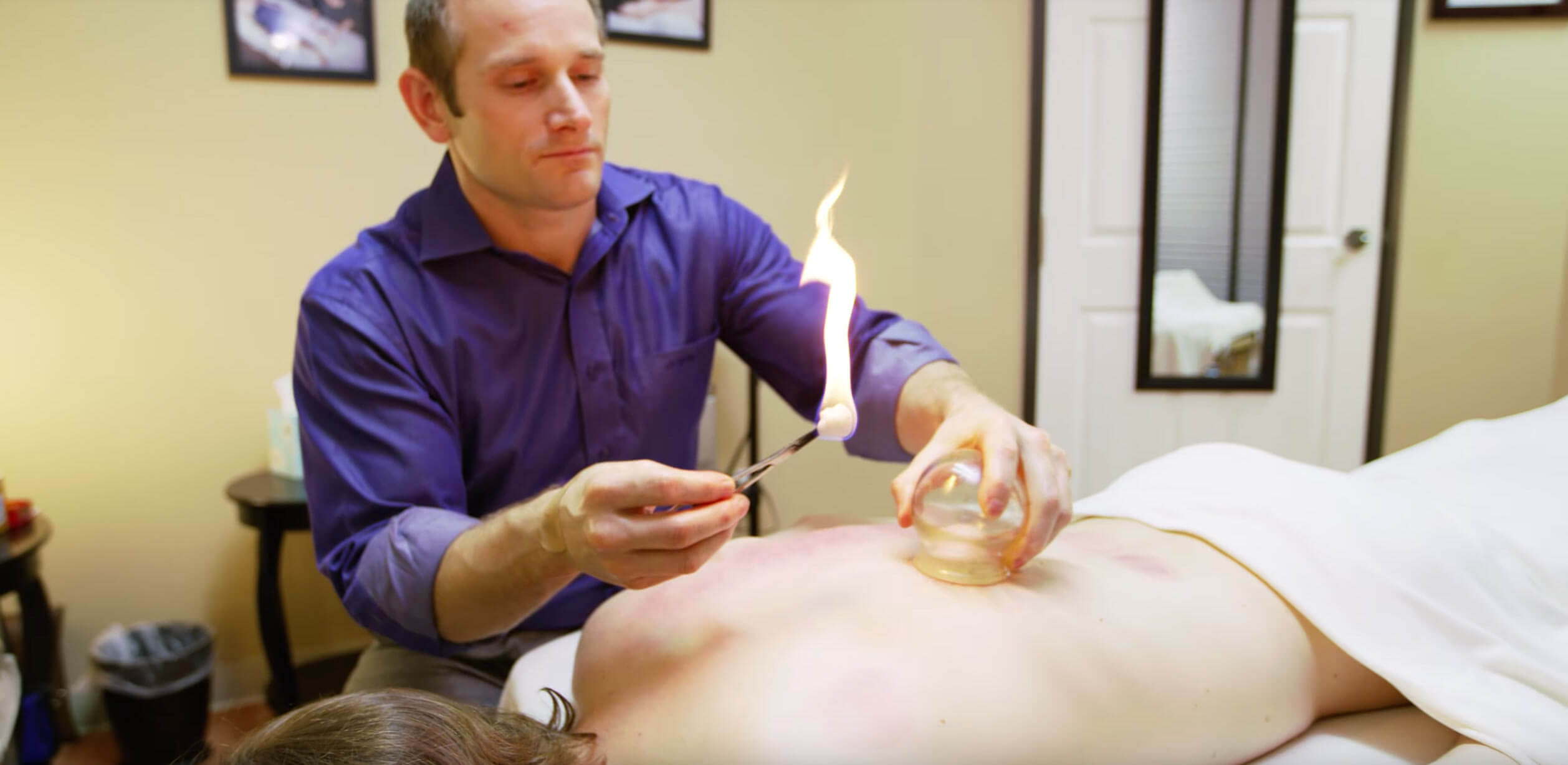How Dry Needling Can Help with Frozen Shoulder (Adhesive Capsulitis): A Science-Backed Approach to Pain…

Runner’s Knee: How Massage & Acupuncture Therapy Can Help
What is it?
In the world of sports medicine, knee injuries are one of the most prevalent maladies, and if you are a runner and have never had Runner’s Knee, count yourself lucky. The term is indicative of how common this type of knee pain is amongst runners. But really, Runner’s knee is a loose term used to refer to any pain felt around the front of the knee, commonly focused near the top of the knee cap. This pain and stiffness is most apparent when walking down hills or stairs, making the process more difficult, but it can also occur during any activity where pressure is put on the knee while in a bent position. Symptoms can be relieved by reducing inflammation and correcting the underlying cause of the pain.
What’s the cause of runner’s knee?
Imbalances in muscular strength and tension tend to be the most common causes of pain felt in the knees. Weakness may occur in the hips, hamstrings, quads, hip adductors and abductors, or hip rotators. Whenever there is weakness in one muscle group, the body compensates by tightening another muscle group.
The result can be undue pressure on joints. Essentially, the knee cap is being pulled to one side and can no longer “track” in proper alignment. Here is an example of a typical scenario where muscle weakness can cause knee pain:
First– Muscles on the inside of the thigh
(hip adductors) are weak.
Then– Muscles on the outside of the thigh, such as Vastus Lateralis, have to work harder, creating an imbalance in tension.
Next– Excess pull is placed on the knee cap, creating improper tracking to the outside.
Finally- Friction is created in the joint, which can result in pain.
How can Acupuncture and Massage help?
By releasing the excess tension being placed on the knee cap, the knee can glide in better alignment, reducing friction and reducing pain. Massage and acupuncture are both very effective in treating this kind of tension. By using needles or hand pressure, the therapist enables the muscles and other connective tissue to relax.
How can I treat my symptoms at home?
Reducing inflammation will be an important part of managing your pain and supporting the healing process. The sooner you start to treat your knee pain, the sooner you will be back out running. Here are some basic guidelines for reducing inflammation:
⦁ Rest -Reduce any pain causing activities as much as possible.
⦁ Ice– Apply ice to the area that is most painful for 20 minutes, 2-3 times per day.
⦁ Compression– Try wrapping your knee to help give it more support.
⦁ Elevation– Keep your leg elevated as much as possible to keep swelling down.
How can I create balance in the muscles again?
Talking with a practitioner about what areas have tension and what areas need strengthening will give you a clearer understanding of how to best prevent re-injury. Your practitioner should also be able to recommend stretches and exercises for you to do at home. Creating a good balance of muscle strength and flexibility will be your best line of defense for preventing future runner’s knee flare-ups.



